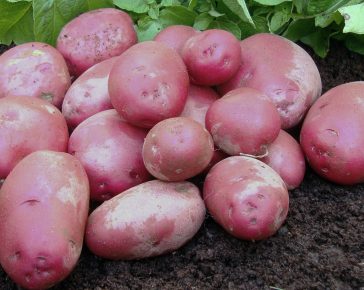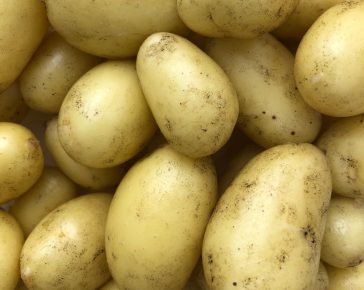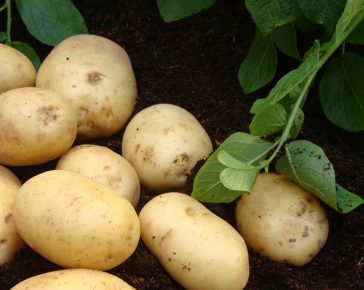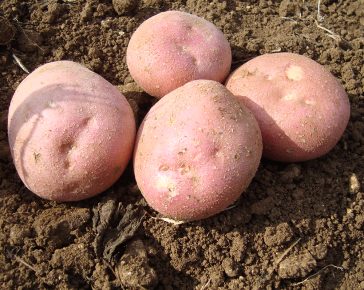
Grow Your Own Potatoes
If you haven’t grown your own potatoes before, they are really fun and rewarding to grow, and we’ve got all the information you need in this article.

Get Growing from Seed Potatoes
What is a seed potato?
Rather than sowing seeds or plants, potatoes are commonly grown from ‘seed potatoes’. These look like small shrivelled potatoes, and are carefully cultivated to ensure they are healthy when you plant them. We sell our seed potatoes in paper bags, with 10 seed potatoes in each bag. They are usually shipped from February to April/May, depending on the season.
How do I get started?
When they arrive, in February/March, you can chit them. This is a term used to describe the way growers will encourage the seed potatoes to sprout, as pictured, to give them a headstart when they are planted in April. This is done by simply popping the seed potatoes in an egg carton and leaving them on a windowsill for a few weeks before planting out. It is not strictly necessary, so don’t worry too much about this step if it feels confusing.
When to plant them?
April is generally the best month for planting out, as risk of frost is lower, and the soil is a little warmer. You can plant in May as well, and sometimes into June or even July for a later harvest of earlies.
Growing advice
Below you will find some advice for planting and growing your seed potatoes.
Which Varieties to Grow?
Potatoes fall into three main categories as below – we’d recommend choosing one variety from each group so that you can enjoy harvesting through the season. If you only have space for growing one variety, choose whether you’d prefer to grow new potatoes (see 1st earlies), or larger potatoes for mashing/roasting etc (see maincrops).
First Early Potatoes
These varieties are the earliest to crop, and tend to be new potatoes/salad potatoes. You can usually harvest them in June, around 10-12 weeks after planting.
Second Early Potatoes
These are the next to crop, usually in July, a few weeks after first earlies. Most are new/salad varieties.
Maincrop Potatoes
Usually bigger potatoes that are often good for roasting, mashing & baking, maincrop potatoes are harvested later (Sept/Oct) and store well with thicker skins.



















